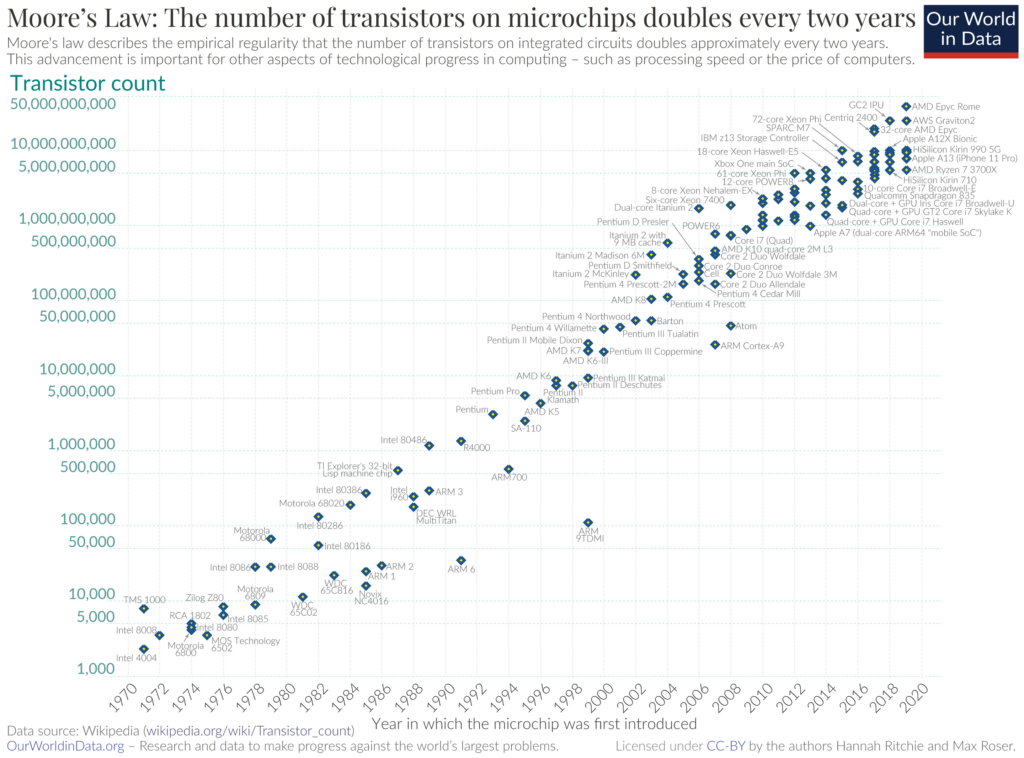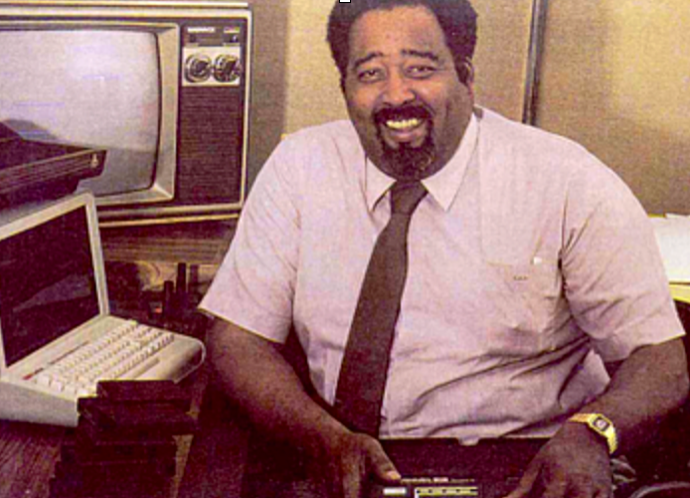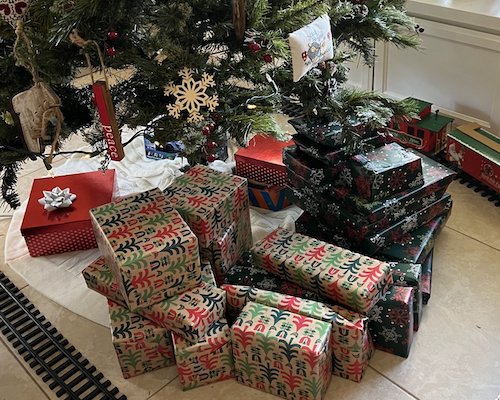It was the first day of the pottery class. The instructor welcomed the students and began to orient them on the material. He announced that the final grade would be determined by one of two measures. For half the class, he said that their final grade would be determined by the “quality” of their pottery. Their goal was to work on a single high quality product. For the other half of the class, he said that their final grade would be determined by “quantity”. Their goal was the sheer amount of pottery produced. Fifty pounds of pots would be rated an “A”, forty pounds a “B”, and so on. The class began and the students began their work.
The last day of class finally came and a curious fact emerged. The works of highest quality were not produced by the group focused on quality. Instead, the highest quality works were all produced by the group graded for quantity! It seemed that the “quantity” group got busy producing piles of work and learning from their mistakes as they went along. In contrast, the “quality” group sat around theorizing about perfection, and in the end had little to show for their work than some theory of perfection and a lump of dead clay.[1]
The key to becoming a great artist, writer, musician, etc., is to keep creating! Keep drawing, keep writing, keep playing! Quality emerges from the quantity. It strikes me that the same thing applies to software and systems we run. When we focus purely on the quality, we actually miss the mark. The way to improve quality is to keep creating, testing and learning. In the software sense, we want to keep releasing our code as often and as fast as possible. By doing that, we build operational expertise, knowledge and automation. We develop fast feedback loops that nudge the digital clay into a better shape. We tune processes to provide faster feedback loops, remove toil through automation, and minimize human error and mistakes. We optimize for a high throughput of working products and reap the prize of high quality outcomes.
But does this hold true? In my career, I have seen this to be true time and time again. Areas where we remove friction and optimize for faster release cycles (even multiple times a day), with automated integration, testing and delivery, ultimately result in higher quality products. I see the same thing looking out to the industry. The highest performing teams optimize for highest flow. The prize of perfection comes by delivering and learning. In the book, “Accelerate: The Science of Lean Software and DevOps: Building and Scaling High Performing Technology Organizations,” Dr. Nicole Forsgren, Jez Humble, and Gene Kim ran a multi-year research project looking at practices and capabilities of high-performing technology organizations. Their conclusion was that the highest performing organizations embraced the notion of continuous delivery, the ability to deliver changes frequently, reliably and with minimal manual effort.[2]
We ship! As technologist, software engineers and SREs, our teams help design, build and run the digital trains that deliver amazing products and experiences to our customers and fellow employees every single day. Our goal is to make these experiences shine! And, as the pottery class learned, it is quantity of our practice and continuous learning that makes them more perfect.
Keep shipping. Keep improving. Keep delivering!
References
- The pottery parable is a true story as captured by David Bayles and Ted Orland in their book, Art & Fear. There is a similar story about photography in James Clear’s book Atomic Habits.
- Accelerate: The Science of Lean Software and DevOps: Building and Scaling High Performing Technology Organizations by Dr. Nicole Forsgren, Jez Humble, and Gene Kim also identifies other key traits of high performing organizations, including having loosely coupled architecture, embracing a learning culture of experimentation, adopting lean principles to optimize flow, and creating a high-trust and empowering environment.
- Forsgren, N., Humble, J., & Kim, G. (2018). Accelerate: The Science of Lean Software and DevOps: Building and Scaling High Performing Technology Organizations. IT Revolution Press.
- Bayles, D., & Orland, T. (1993). Art & Fear. The Image Continuum.
- Clear, J. (2018). Atomic Habits: An Easy & Proven Way to Build Good Habits & Break Bad Ones. Avery.






